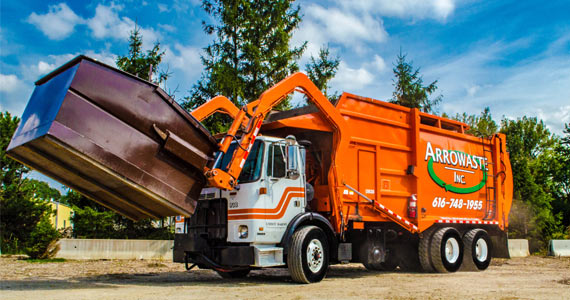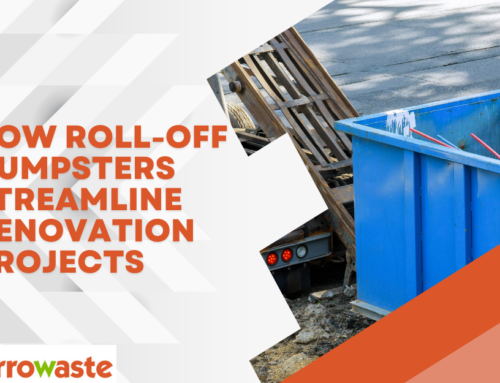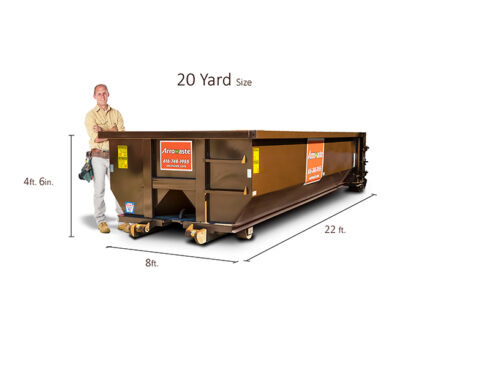We’ve all heard the three “Rs” for minimizing waste: Reduce, Reuse, and Recycle. A new construction start-up company in the Netherlands is looking to take those principles to a whole new level.
StoneCycling, a Dutch circular economy company, is the producer of WasteBasedBricks, which are exactly what they sound like. According to a recent profile in The Guardian, the startup uses demolition waste and recycling from construction sites to blend entirely new building materials out of ceramics, glass, and insulation.
The results are unique in that they’re often very limited edition bricks of unusual color, shape, and/or texture that still meet all of the safety standards of more typical brick materials.
“In general [architects] love the products because it opens up a whole new range of possibilities in terms of colors and textures,” StoneCycling co-founder Ward Massa told The Guardian. “On the other hand, they want to see proof. Realizing a number of projects is extremely important to take away any skepticism about building from waste.”
Their first full-scale project with WasteBasedBricks will be the construction of a new home for two Rotterdam-based architects, couple Nina Aalbers and Ferry in ‘t Veld. They plan to move in by August.
“It’s quite amazing that [Nina and Ferry] decided to invest more money and time and take an extra risk to be the first to live in a waste-based house,” Massa said. “But it is inspiring to see a new generation that believes in a different way of designing, living, building, maintaining and demolishing.”
Despite this uncharted territory, StoneCycling is no stranger to repurposing garbage and recycling services. Previous projects include a restaurant bar in Amsterdam made entirely of upcycled Heineken beer bottles.
The implications of re-purposed building materials are significant. The waste management industry incorporates more than 20 different sectors, and construction sites are estimated to generate one-third of all waste throughout Europe.
Recycling just one ton of cardboard, for instance, frees up more than nine cubic yards of landfill space. If more waste materials from old construction sites can be used for the building of new ones, that means less crowded landfills and a cleaner future for all.



